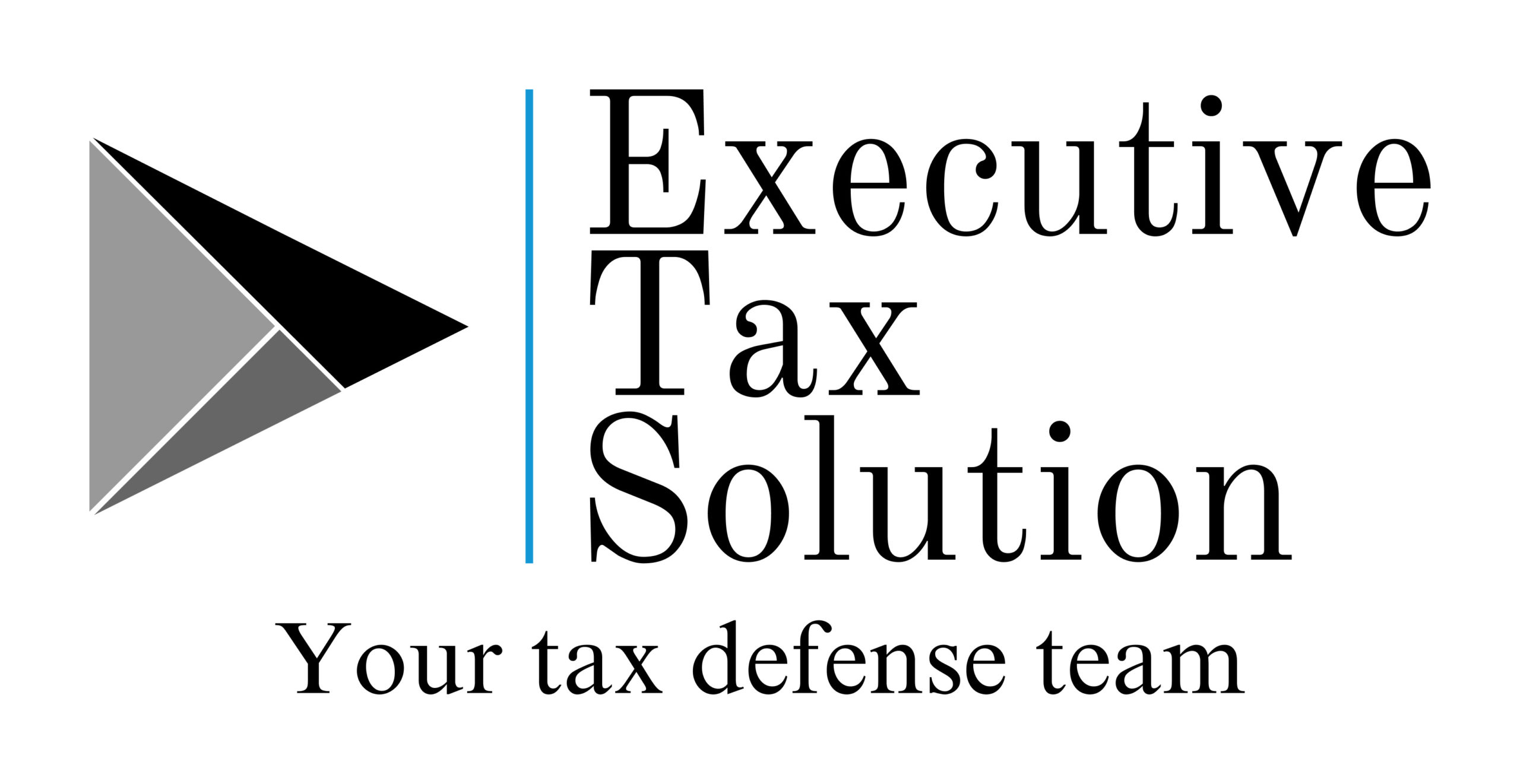Currently Not Collectible
Number Three of the Big Eight Resolution types
The IRS offers a few options when it comes to settling your tax debt.
One option is an Offer in Compromise (OIC).You can negotiate with the IRS by offering to pay less than the full amount you owe. In order to qualify for an OIC, you need to prove that:
1) You can’t afford to pay the full amount; and
2) Paying the full amount would create a financial hardship.
If your OIC is accepted, you’ll enter into a payment plan with the IRS. Once you’ve made all of your payments, your tax debt will be considered paid in full.
However, another option available is the OIC. The IRS can place your account into “Currently Not Collectible” status if you cannot make tax payments. the criteria is that you really cannot pay the IRS without putting yourself or your family in jeopardy. When the IRS has agrees, they temporarily suspend collection activities.
WHat You Need to Know About “Currently Not Collectible” status:
1) The IRS can still assess interest and penalties on your outstanding tax debt;
2) Your tax debt won’t go away, it will just be delayed; and
3) The IRS may reviewed your account every few years to see if your financial situation has changed.
It’s important to note that if you’re struggling to pay your taxes, talk to a tax professional about your options. Certainly, they can help you figure out if an OIC or “Currently Not Collectible” status is the best option for you.
Form 433-f
You must fill out the Form 433-F which is the Collection Information Statement. In essence, this form provides the IRS with detailed information about your finances. The agency uses this document to determine whether you can afford to make payments to your tax debt.
If you’re struggling to pay your taxes, once again, talk to a tax professional about your options. He will help you figure out if an OIC or “Currently Not Collectible” status is the best option for you.
CNC Application Process
Qualifying for currently not collectible status is determined by the IRS after reviewing Form 433-F which is the Collection Information Statement. This form provides the IRS with detailed information about a taxpayer’s finances and is used to determine whether the taxpayer can afford to make payments on their tax debt.
Statute of Limitations
The IRS determines if you qualify for currently not collectible status by reviewing your completed Form 433-F. This is a Collection of Information Statement. This form provides the IRS with detailed information about a taxpayer’s finances and is used to determine whether the taxpayer can afford to make payments on their tax debt.
In conclusion, once placed into currently not collectible status, the statute of limitations on collection activities starts to run. This means that the IRS has a limited amount of time to collect the taxes owed. This “statute of limitations” varies depending on the type of tax debt owed.
Talk to a Pro
Talk to a tax professional about your options for qualifying for the currently not collectible status. At Executive Tax Solution we will figure out if an OIC or “Currently Not Collectible” status is the best option for you.
The team at Executive Tax Solution can help. We will determine if an Offer in Compromise or “Currently Not Collectible” status is the best option for you. We will help you fill out the Form 433-F.
Don’t let your tax debt get out of control. Call us today and let us help you find a solution that works for you.
For Help With Determining Your Currently Not Collectible Status – Call Executive Tax Solution @ (469) 262-6525

